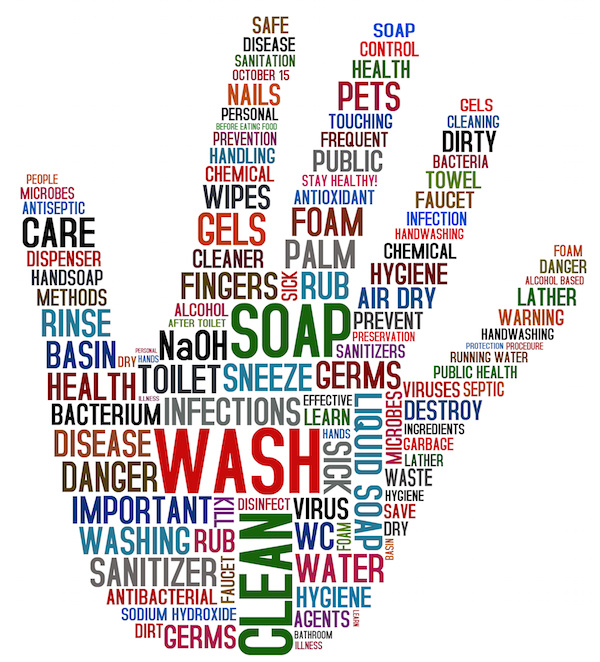
THURSDAY, Oct. 17 (HealthDay News) — The adult obesity rate in the United States remains as high as ever, with one in three Americans carrying unhealthy amounts of weight, according to a new federal report.
The obesity rate has remained essentially unchanged for a decade, despite the large amount of attention focused on its threat to public health, the U.S. Centers for Disease Control and Prevention found.
“It’s kind of a confirmation of what we saw last time, that the prevalence of obesity in adults may be leveling off,” said co-author Cynthia Ogden, a senior epidemiologist with the CDC’s National Center for Health Statistics. “From 2003-04 through 2011-12, there have been no statistical changes in obesity in adults.”
This persistent rate has proved frustrating to public-health experts, given that obesity is a leading risk factor for chronic illnesses such as diabetes, heart disease and arthritis.
“The goal of the human species since we evolved has been to have enough to eat, and we’ve gotten there. Unfortunately, it’s so plentiful we can take in more than [we] need,” said Matt Petersen, managing director of medical information and professional engagement for the American Diabetes Association. “The human body and brain is wired to take in more than a sufficient number of calories, and that’s a hard thing to change. We’re talking about really powerful aspects of our metabolism.”
The obesity epidemic continues to gnaw away at America’s economic potential. The U.S. economy loses an estimated $270 billion a year due to health care costs and loss of productivity associated with obesity and overweight, according to a 2011 report produced by the Society of Actuaries.
The CDC report found that nearly 35 percent of American adults are obese, with a body-mass index — a measurement of body fat based on height and weight — greater than 30. That equates to a person 5 feet 4 inches tall who weighs 175 pounds or more, or a person 5 feet 9 inches tall who weights 203 pounds or more.
The last estimate produced for 2009-10 found that 35.7 percent of adults were obese, Ogden said.
The report also included the following U.S. figures:
- The prevalence of obesity is higher among middle-aged adults (39.5 percent) than among younger (30.3 percent) or older (35.4 percent) adults.
- Overall, men and women have similar rates of obesity. However, 56.6 percent of black women were obese compared with 37.1 percent of black men.
- Blacks have the highest obesity rate (47.8 percent), followed by Hispanics (42.5 percent) and whites (32.6 percent). Asians have the lowest obesity rate (10.8 percent).
“It just shows that we still have a lot of work to do,” said Rachel Johnson, a professor of nutrition at the University of Vermont and a spokeswoman for the American Heart Association. “We’re making a little bit of progress in childhood obesity — some very small declines, but it at least feels like we’re making some headway there. There are some small pockets in a few cities or states where we’ve seen a modest decline in childhood obesity, due to very aggressive interventions.”
The current means for battling obesity — dieting, bariatric (weight-loss) surgery, exercise — have so far proven unable to overcome the widespread availability of low-cost, high-calorie food, said Petersen at the American Diabetic Association.
The association has come up with a program for healthy eating and moderate exercise that is proving effective. “If we can successfully implement those programs at the community level nationwide, we are hopeful we will see a reduction in diabetes due to factors that should also address obesity,” he said.
But effectively tackling the adult obesity epidemic likely will involve structural changes in American society, Johnson said.
“My view is that we have to start making some pretty major environmental changes so we make the healthy choice the easy choice,” she said. “We’ve got to move beyond the idea that it’s all about personal choice and education, and we need to start making these environmental changes.”
She tossed out a few ideas — taxes to increase the price of unhealthy food, new ways to make healthy food cheaper and major employers offering healthy food in the workplace.
“The beginning of this century has got to be about behavior change,” Johnson said. “How do we help people make healthy choices, and how do we create an environment that’s conducive to good health?”
More information
Visit the U.S. National Heart, Lung, and Blood Institute to learn about the health risks of overweight and obesity.
Copyright © 2025 HealthDay. All rights reserved.

